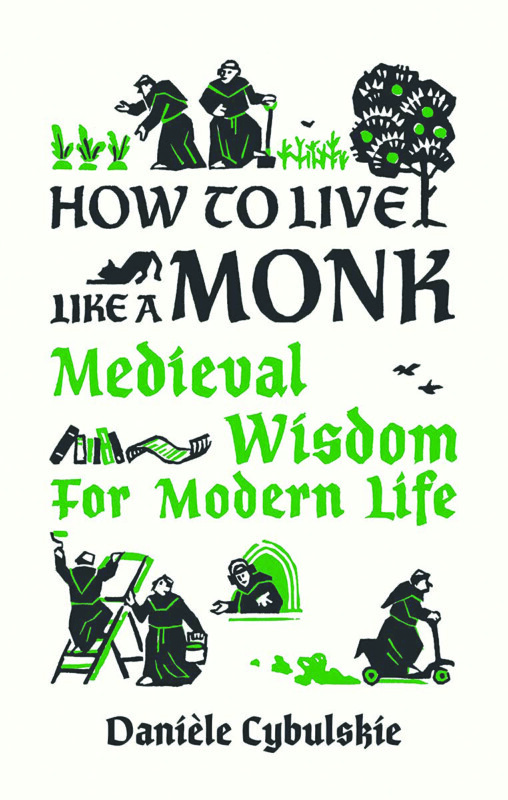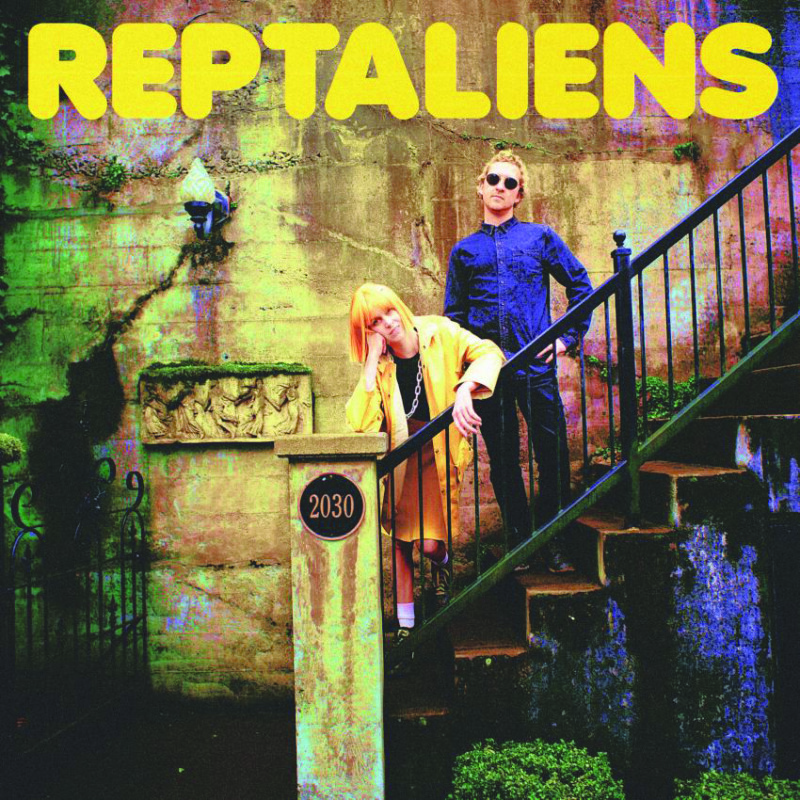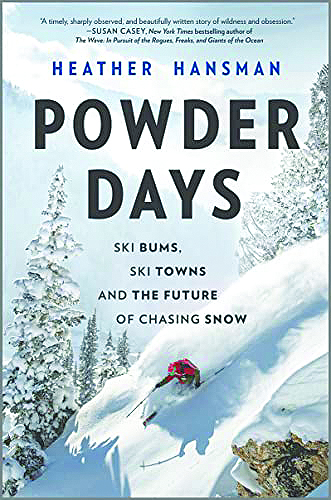Pussy Riot, Rage Remixes (self-released)
These Russian protest-punk girls should be no strangers to your cultural head space, given that they’ve caused all sorts of trouble with the powers-that-be in their homeland, which has led to their arrests and such. As a band, they have a sound that’s always evolving; they started out as a live-only performance-art act (there are now three albums in the books) that sounded like a bad version of Courtney Love, then became more like The Kills, and they’re now more of an edgy bubble-pop group. The Britney/Kesha sound has really served them well of late, and this collection finds their tuneage being remixed by such players as Berlin, Germany-based producer Boyz Noise (a decidedly industrial-stomping version of “Rage”), weird “elven songstress” Hana (a trance reimagining of “Toxic”) and Dutch artist Young & Sick (a fairly rote snap-dance take of the aforementioned “Toxic”). “Not A Friend” tables the obligato dubstep version of “Rage,” completing the package one would expect for a pretty darn spazzy anger-management record. A
Spoon, Lucifer On The Sofa (Matador Records)
This Austin, Texas-based indie band still stands as one of the very few things that made Aughts music tolerable. Do you even remember how bad it all was? But these guys, whose fetish for listenable hooks was a slap in the face of the entire Bowery Ballroom unintelligentsia, have dug even deeper with this one, which one band member described to Spin magazine as “the sound of classic rock as written by a guy who never did get Eric Clapton.” There cool stuff here, if a bit contrived: lead single “The Hardest Cut” rips off Stone Temple Pilots’ grunge standard “The Big Empty”at the verse, but there’s some muddy-as-heck guitar riffing in between the rest of it, which is basically, well, Bo Diddley by way of Stray Cats. What does that mean? It means it’s raw and awesome, like Black Lips trying to write a car commercial jungle and hitting paydirt, and hey, they’ve still got a knack for awkward rock ballads, as indicated by “My Babe,” which gives off a whiff of — gasp — Led Zeppelin in a way. They’re going to be able to get away with being an Aughts-indie band forever at this rate, folks. A-
PLAYLIST
• In case your Siri didn’t tell you, it’s the second week of the new year, folks, put me back on the chain gang until Memorial Day, when I will go back to my summer schedule of four days off and four days on, which, at this writing, is only 20 weeks away, or 100 workdays, but who’s counting. OK, I totally am, but let’s forget all that and focus on the pile of new releases due out on Jan. 14, which will hopefully consist of lots and lots of them, so I can just write this column quickly and eat my Funyuns and make jokes about my choice of a million albums without having to dig up some obscure metal album or any of that desperate hassle. Ah, here we are, the list is actually promising, so let’s kick off the “festivities” with The Boy Named If, from Elvis Costello & the Imposters! I don’t know if the Queen has made Costello a knight yet in his native Britain, but I’m sure it’s just a matter of time, like at this point she probably just makes singers into knights if they get a good review in New Music Express, just so she has an excuse to get away from her gigantic staff of Downton Abbey chambermaids and vape her truffle-and-apricot-flavored CBD oil in peace. Whatever, let’s get this out of the way quickly, I never cared about Elvis Costello or his jack-o’-lantern teeth or his stupid crook-leg-dancing, although “Pump It Up” is OK. Maybe the single from this album, “Magnificent Hurt,” is almost as weirdly danceable as “Pump It Up,” let’s do this. Ha ha, wow, it’s basically “Pump It Up” wearing a fake beard, I’m not kidding, I didn’t even listen to it until just now! I mean, it doesn’t have that roller-rink organ, but he’s clearly trying to revive the glory of those days when his entire trip was doing nothing but trying to weird out the normie parents of Gen Xers, as if the safety pins and Mohawk haircuts didn’t make for enough dinner table awkwardness. Wait, there’s the dumb organ, and it sounds more like a song Sting would write except a little more interesting, like that’s difficult. We done here, guys? Cool beans, let’s investigate the next monstrosity.
• Wait, can we just go back to Elvis Costello and not even discuss this new album from Canadian wine-parent-indie-rock bores Broken Social Scene? I mean it’s obvious that with the title Old Dead Young: B-sides & Rarities this is just a collection of songs that weren’t even considered good by these guys, so there has to be some seriously not-good music going on here. But wait, we’re talking about Broken Social Scene, so maybe it means they didn’t push these songs because they actually are good, like maybe they accidentally wrote some songs that didn’t put people to sleep within five seconds. Don’t know about you, but I’m officially intrigued, so let’s have a listen to “This House Is On Fire,” the only song I could find from this stupid thing. There’s a trigger warning for the video because there are supposed to be pictures of burnt-down houses. No, I’m serious. The song is a gentle and sad twee thing, sort of like Springsteen’s “I’m On Fire”… yeah, that’s the song it rips off. OK!
• Brightside is the new LP from Denver folk rockers Lumineers. The title track is draggy and slow, with raunchy Rolling Stones-style 1960s guitars. The singer is trying to sound more like Conor Oberst than he ever has, and there’s no discernible hook, only polite broke-down-truck vibe. Go for it if you must.
• We’ll wrap up the week with Hop Up, the new album from Orlando Weeks, the singer from London indie band The Maccabees. Test-drive single “Look Who’s Talking Now” is actually kind of pretty, basically yacht rock for people who can’t afford yachts.
If you’re in a local band, now’s a great time to let me know about your EP, your single, whatever’s on your mind. Let me know how you’re holding yourself together without being able to play shows or jam with your homies. Send a recipe for keema matar. Message me on Twitter (@esaeger) or Facebook (eric.saeger.9).






